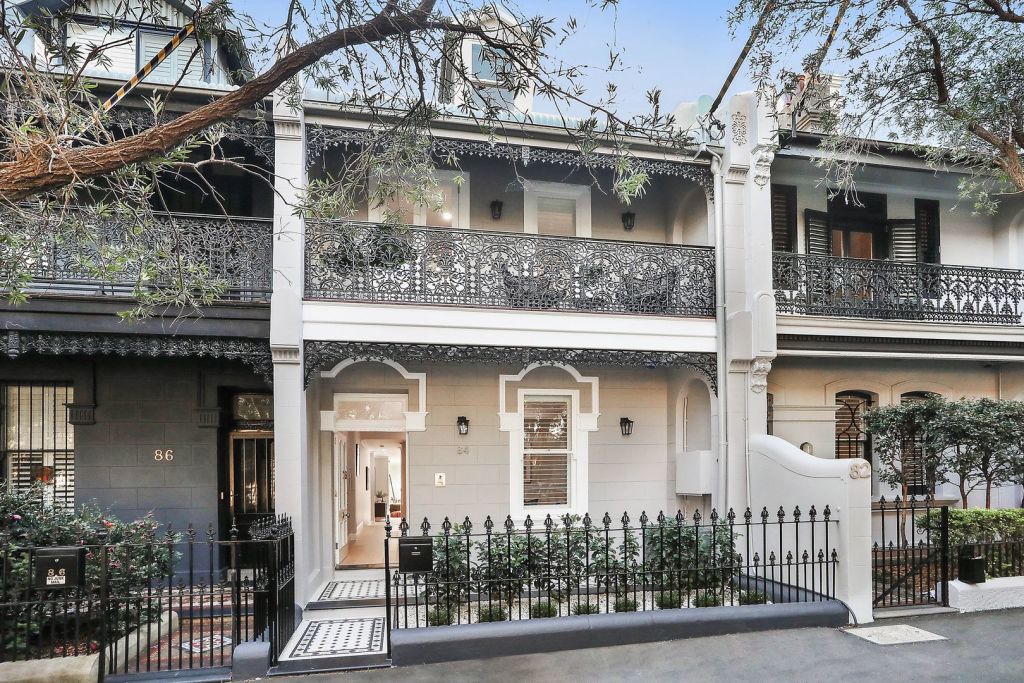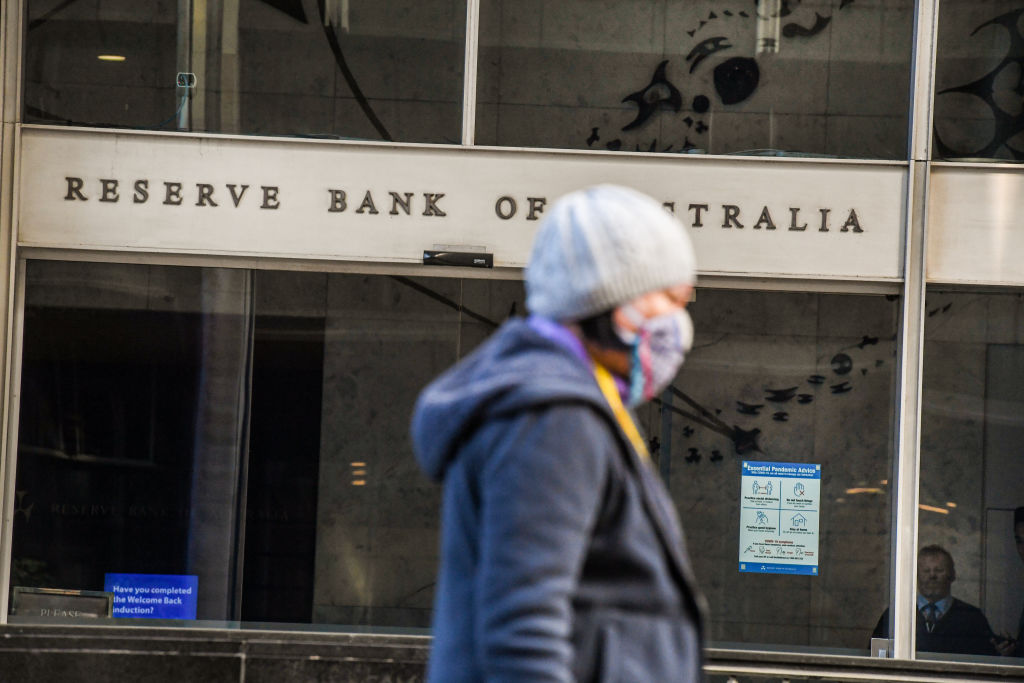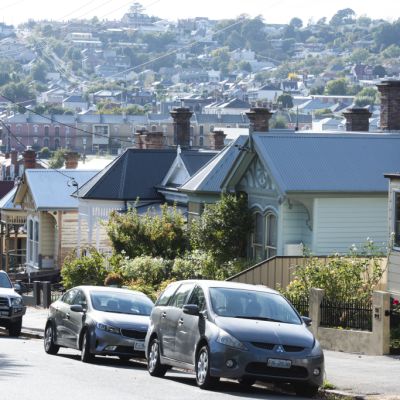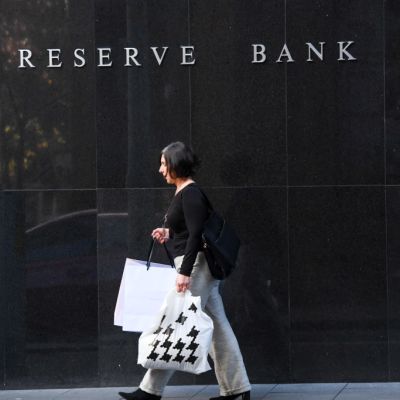Home buyers face rising house prices and investor competition, or tougher rules on home loans

Hopeful home buyers face the unenviable prospect of competing with investors in a property market that has further to rise – or possible clamps on lending that could make it harder to get a home loan.
Property investors are flooding back as loans to first-home buyers dip, official figures released on Tuesday show, attracted to the prospect of capital gains and the improving outlook for rents.
Despite worries about housing affordability as low interest rates fuel a house price boom, the Reserve Bank is mindful of the economic benefits of a rising property market, which encourages consumers to spend more.
The central bank is not required to act to improve affordability and has let prices run while focusing instead on whether banks are lending to borrowers who can afford to repay, saying in its monthly statement on Tuesday that it “will be monitoring trends in housing borrowing carefully”.
But any sustained jump in investor lending, up 12.7 per cent in March alone on ABS figures released Tuesday, compared to a 0.9 per cent dip in first-home buyers, could prompt regulators to restrict lending later this year or next. This could then risk making it harder for owner-occupiers to get finance approved.
“In the past, it’s often been a surge in investor finance that has tipped the RBA into action,” AMP Capital chief economist Shane Oliver said.
“It’s a balancing act. The RBA is conscious there’s a positive wealth effect from rising prices.
“Last year, when prices were falling, it, along with the government, moved to support the market to support consumer spending.”
House prices are at record highs in six capital cities, jumping 8.5 per cent in Sydney in the March quarter alone and 4.8 per cent in Melbourne on Domain figures. Data from CoreLogic this week showed the pace of growth slowing in April, although major cities still posted strong gains, and economists expect further price rises.
Sellers have been lifting their asking prices, up 6.1 per cent in a month for houses in Sydney, 1.6 per cent in Melbourne and 2.6 per cent nationally, on SQM figures.
ANZ senior economist Felicity Emmett, who this week reaffirmed expectations of 15 per cent to 20 per cent growth for capital city prices through 2021, said the RBA “absolutely” saw benefits in a rising market.
“Rising asset prices create the wealth effect, and people tend to spend more,” she said.
“The key issue is that at some point, the RBA is going to become uncomfortable with the pace of gains, whether that’s because lending standards ease too much or for some other financial stability reason.”
A rise in house values of $100,000 is associated with an increase in consumption of as much as $1600 per household per year, an Australian Housing and Urban Research Institute study in 2017 found.
With affordability not part of the RBA’s charter, the central bank is instead focused on getting as many people into work as possible, generating wage rises, and lifting sluggish inflation, she said.
Consumer spending helps keep workers employed, which was starkly illustrated in reverse by the shutdown of non-essential businesses during last year’s lockdowns.
Harvey Norman chairman Gerry Harvey is seeing the wealth effect in real-time, with strong spending on homewares this year – albeit not at the same heights seen during last year’s panic buying of chest freezers and home office equipment.
“That [the wealth effect] happens every time you get large growth in home ownership,” he told Domain.
“You always get that feeling of euphoria, happiness, wealth, and people then tend to become more confident.”
Upbeat economic news is helping, such as the falling unemployment rate and reports of employers struggling to find staff, he said.

As well as lifting consumer confidence, HSBC chief economist of Australia and New Zealand Paul Bloxham notes that rising property prices let people borrow against their home.
“People feel confident their assets are rising in value. That encourages them to feel confident to do more consumer spending,” he said.
“It increases the value of the dwelling, and therefore people have got more capacity to borrow against their houses.”
A risk as buyers take on big loans to get into the market is that households with high levels of mortgage debt are more cautious about their spending.
But the alternative for home buyers trying to break into a market that regulators will allow to continue to rise is a possible crackdown on loans this year or next from the central bank or the bank regulator, the Australian Prudential Regulation Authority.
Known as macroprudential tools, these have been used in the past to limit the share of lending to investors or the number of interest-only loans.
The last round of tightening in lending standards coincided with the Financial Services Royal Commission and a high-profile court case over how banks assessed borrower expenses, prompting lenders to check minutiae such as spending on coffees or takeaway meals and pushing out approval times.
AMP Capital’s Dr Oliver said a rise in investor lending would be on the minds of regulators.
“It probably is bringing forward the time when the RBA and APRA will get together and announce tighter lending standards,” he said.
“A 12.7 per cent rise in one month is a very strong rise.”
The dollar value of investor lending is approaching previous highs even though their share of lending is lower than in the past, while the rate of growth in overall mortgage debt is accelerating, he said.
He expects an announcement on loan curbs as soon as in the next six months.
We recommend
We thought you might like
States
Capital Cities
Capital Cities - Rentals
Popular Areas
Allhomes
More










